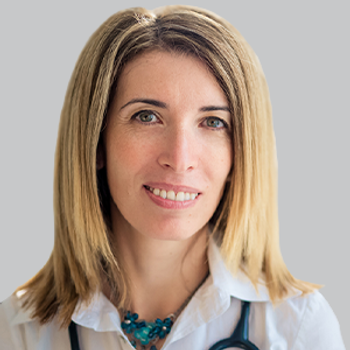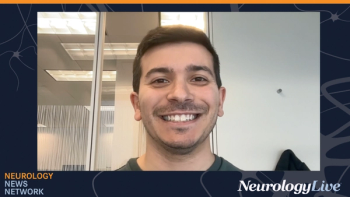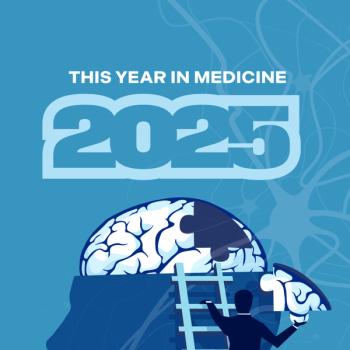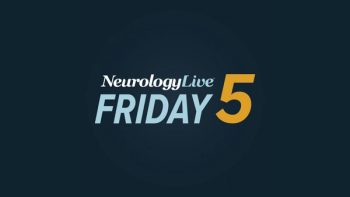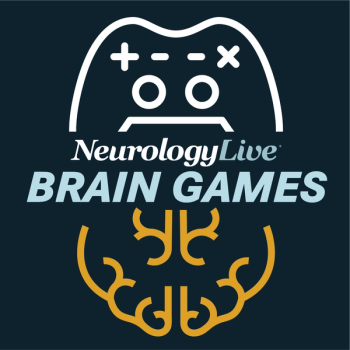
Rare Disease Day: Expert Insights on Rare Neurological Diseases
A group of experts in the care of patients with rare diseases—Emma Ciafaloni, MD, FAAN; Martina Bebin, MD, MDA; Timothy Miller, MD, PhD; George Small, MD; Bruce Cree, MD, PhD, MAS, FAAN—shared their perspectives on hot topics of treatment and management.
In recent months, the NeurologyLive® staff has spoken to a variety of experts in the clinical care and management of patients with a number of rare neurological diseases, including Dravet syndrome, generalized myasthenia gravis (gMG), neuromyelitis optica spectrum disorder (NMOSD), Lennox-Gastaut syndrome (LGS), amyotrophic lateral sclerosis (ALS), and more.
In celebration of Rare Disease Day, NeurologyLive® compiled a number of these interviews with experts to offer an overview of the state of care and discussions on the hottest topics in these diseases. Those featured include:
- Emma Ciafaloni, MD, FAAN, professor of neurology and pediatrics, University of Rochester Medical Center
- Martina Bebin, MD, MDA, professor of neurology and pediatrics at the University of Alabama at Birmingham
- Timothy Miller, MD, PhD, codirector of the ALS Center at Washington University School of Medicine in St. Louis
- George Small, MD, adult neurologist at
Allegheny Health Network - Bruce Cree, MD, PhD, MAS, FAAN, clinical research director of the UCSF Multiple Sclerosis Center
For more coverage of rare neurological disorders and diseases, check out the NeurologyLive
Click through the slides below to check out each expert interview:
—————————————————
Newsletter
Keep your finger on the pulse of neurology—subscribe to NeurologyLive for expert interviews, new data, and breakthrough treatment updates.

